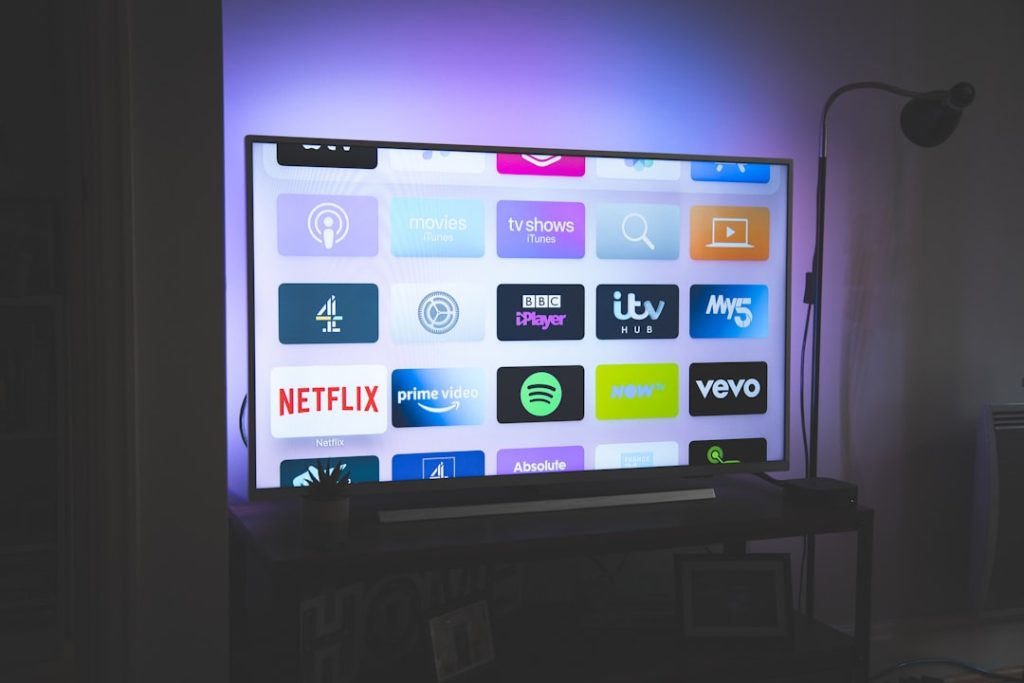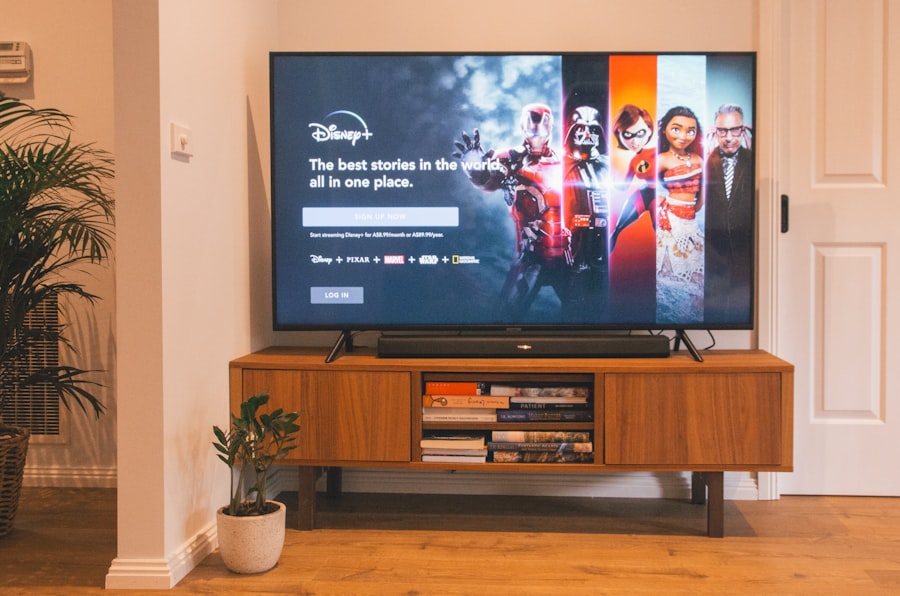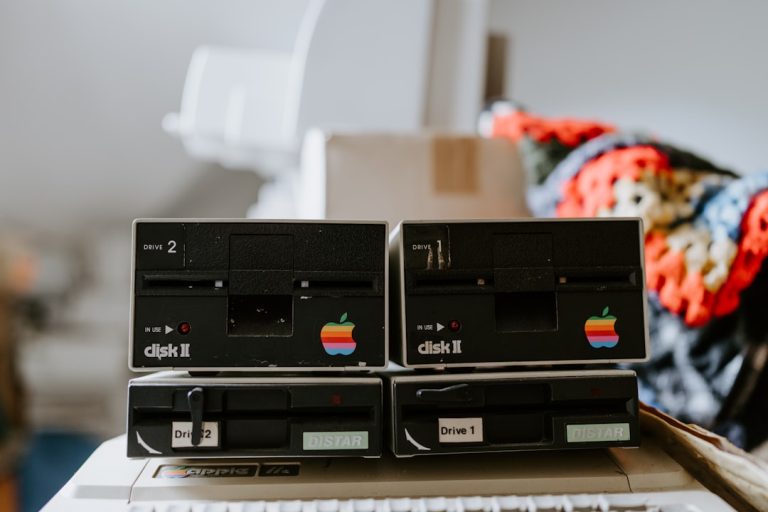
The evolution of streaming services has been a remarkable journey, transforming the way audiences consume media. The concept of streaming can be traced back to the early 1990s when technologies like RealAudio and RealVideo allowed users to listen to music and watch videos over the internet. However, it wasn’t until the mid-2000s that streaming began to gain significant traction.
The launch of platforms like YouTube in 2005 revolutionized video sharing, allowing users to upload and share content easily. This shift laid the groundwork for a new era in media consumption, where viewers could access a vast library of content on demand. As internet speeds improved and broadband became more widely available, the landscape of streaming services began to expand rapidly.
In 2007, Netflix transitioned from a DVD rental service to a streaming platform, marking a pivotal moment in the industry. This shift not only changed Netflix’s business model but also set a precedent for other companies to follow. Hulu, Amazon Prime Video, and later Disney+ entered the fray, each offering unique content and features.
The competition intensified as these platforms began to invest heavily in technology and user experience, leading to the development of sophisticated algorithms that personalize content recommendations for viewers. This evolution has not only changed how we watch television and movies but has also influenced the production and distribution of content itself.
Key Takeaways
- Streaming services have evolved from a niche market to a dominant force in the entertainment industry.
- Traditional media has been significantly impacted by the rise of streaming services, leading to changes in consumer behavior and advertising strategies.
- Original content has become a key differentiator for streaming services, leading to increased competition and investment in creating unique and compelling shows and movies.
- The battle for subscribers has intensified as more streaming services enter the market, leading to a fragmented landscape and increased pressure to retain and attract customers.
- Technology has played a significant role in the success of streaming services, enabling seamless delivery of content and personalized recommendations to users.
The Impact on Traditional Media
The Emergence of Hybrid Models
In response to this shift, many networks have adapted their strategies, leading to the emergence of hybrid models that combine traditional broadcasting with streaming capabilities. For instance, major networks like NBC and CBS have launched their own streaming services—Peacock and Paramount+, respectively—to retain their audience and compete with established players.
The Impact on Advertising
The impact on advertising has been significant. Traditional television relied heavily on commercial breaks to generate revenue, but as audiences migrate to ad-free subscription models, advertisers are forced to rethink their strategies. This shift has led to an increase in targeted advertising through digital platforms, where data analytics allow for more precise audience segmentation.
The Evolving Landscape
As a result, traditional media companies are now competing not only with each other but also with tech giants like Google and Facebook for advertising dollars. The landscape is evolving rapidly, and traditional media must innovate or risk obsolescence in an increasingly digital world.
The Rise of Original Content

One of the most notable trends in the streaming era is the rise of original content produced by these platforms. Initially, services like Netflix and Amazon Prime Video relied on licensing existing films and television shows to attract subscribers. However, as competition intensified, these companies recognized the need to differentiate themselves through exclusive content.
Netflix’s first major foray into original programming came with “House of Cards” in 2013, which not only garnered critical acclaim but also set a new standard for what streaming services could achieve. The success of original content has led to a significant investment in production by streaming platforms. Companies are now pouring billions into creating original films, series, and documentaries that cater to diverse audiences.
For example, Disney+ has leveraged its extensive library of beloved franchises while simultaneously producing new content like “The Mandalorian,” which quickly became a cultural phenomenon. This focus on original programming has not only attracted subscribers but has also reshaped the entertainment landscape by providing opportunities for new voices and stories that may have been overlooked by traditional studios.
The Battle for Subscribers
| Metrics | 2019 | 2020 | 2021 |
|---|---|---|---|
| New Subscribers | 100,000 | 150,000 | 200,000 |
| Churn Rate | 5% | 4% | 3% |
| Net Subscribers | 95,000 | 144,000 | 194,000 |
As the streaming market continues to grow, the battle for subscribers has become increasingly fierce. With numerous platforms vying for attention, companies are employing various strategies to attract and retain viewers. Pricing models have become a critical factor in this competition; some services offer tiered subscriptions that provide different levels of access or ad-supported options at lower price points.
For instance, Hulu offers both ad-supported and ad-free plans, allowing consumers to choose based on their preferences and budget. In addition to pricing strategies, exclusive content remains a key battleground. Streaming services are investing heavily in securing high-profile talent and producing blockbuster series that can draw in subscribers.
The competition has led to bidding wars for popular shows and films, with platforms willing to spend exorbitant amounts to secure exclusive rights. For example, Amazon’s acquisition of “The Lord of the Rings” franchise for a reported $250 million demonstrates the lengths companies will go to capture audience interest. As subscriber numbers become increasingly important for valuation and market share, the stakes continue to rise in this ongoing battle.
The Influence of Technology
Technology plays a pivotal role in shaping the streaming landscape, influencing everything from content delivery to user experience. High-speed internet access has been a game-changer, enabling seamless streaming without buffering interruptions. Additionally, advancements in mobile technology have allowed viewers to consume content on-the-go through smartphones and tablets, further expanding the reach of streaming services.
Moreover, artificial intelligence (AI) and machine learning algorithms have transformed how platforms recommend content to users. By analyzing viewing habits and preferences, these technologies create personalized experiences that keep viewers engaged. For instance, Netflix’s recommendation engine is known for its effectiveness in suggesting shows based on individual viewing history, which significantly enhances user satisfaction and retention rates.
Furthermore, innovations such as 4K resolution and HDR (High Dynamic Range) have elevated the quality of streaming content, making it more appealing to consumers who seek cinematic experiences at home.
The Future of Movie Theaters

The rise of streaming services has raised questions about the future of movie theaters as we know them. While theaters have long been a staple of the entertainment industry, the pandemic accelerated trends that were already in motion. With many studios opting for simultaneous releases on streaming platforms and in theaters—such as Warner Bros.’ decision to release its entire 2021 film slate on HBO Max—audiences have become accustomed to watching new releases from the comfort of their homes.
Despite these challenges, movie theaters are adapting by enhancing the overall viewing experience. Many chains are investing in luxury seating, gourmet food options, and immersive technologies like IMAX and Dolby Cinema to entice audiences back into theaters.
While the future remains uncertain, it is clear that theaters must innovate and offer unique experiences that cannot be replicated at home if they hope to survive in an increasingly competitive landscape.
The Global Reach of Streaming Services
Streaming services have transcended geographical boundaries, creating a truly global marketplace for content consumption. Platforms like Netflix have made significant investments in international markets, producing localized content that resonates with diverse audiences around the world. This global reach not only allows companies to tap into new subscriber bases but also fosters cultural exchange by showcasing stories from different regions.
For instance, Netflix’s commitment to producing original series in various languages has led to international hits such as “Money Heist” from Spain and “Squid Game” from South Korea. These shows have not only garnered massive viewership but have also sparked interest in their respective cultures and languages among global audiences. As streaming services continue to expand their international offerings, they are not only changing viewing habits but also influencing global trends in storytelling and entertainment consumption.
The Challenges and Opportunities for Artists
While streaming services have opened new avenues for artists and creators, they also present unique challenges that must be navigated carefully. On one hand, platforms provide unprecedented access to audiences worldwide, allowing independent filmmakers and musicians to showcase their work without relying solely on traditional gatekeepers like studios or record labels. This democratization of content creation has led to a flourishing of diverse voices and innovative storytelling.
However, the financial model associated with streaming can be problematic for artists seeking fair compensation for their work. Many creators find themselves grappling with low per-stream payouts that do not adequately reflect the value of their contributions. This has sparked ongoing debates about revenue distribution within the industry and calls for more equitable compensation structures that recognize the efforts of artists across various mediums.
As streaming continues to evolve, it will be crucial for stakeholders—platforms, creators, and audiences alike—to engage in conversations about sustainability and fairness within this new landscape. In conclusion, while streaming services have revolutionized media consumption and created opportunities for artists worldwide, they also pose challenges that require careful consideration as we move forward into an increasingly digital future.
If you’re interested in learning more about the future of streaming services, be sure to check out the article “Hello World” on media
This article delves into the latest trends and innovations in the world of streaming, offering valuable insights for both consumers and industry professionals alike. With the rapid evolution of technology and consumer preferences, staying informed about the latest developments in streaming services is essential for anyone looking to stay ahead of the curve.
FAQs
What are streaming services?
Streaming services are platforms that allow users to watch or listen to content, such as movies, TV shows, music, and podcasts, over the internet without having to download the files to their device.
How do streaming services work?
Streaming services work by delivering content over the internet in real-time. Users can access the content through a subscription or by paying for individual titles. The content is typically stored on the service’s servers and is streamed to the user’s device when requested.
What types of content are available on streaming services?
Streaming services offer a wide range of content, including movies, TV shows, music, live TV, sports, and original programming. Some services also offer educational and informational content, such as documentaries and instructional videos.
What devices can I use to access streaming services?
Streaming services can be accessed on a variety of devices, including smartphones, tablets, computers, smart TVs, streaming media players, and gaming consoles. Many services also offer apps for specific devices, making it easy to access content on the go.
What are some popular streaming services?
Some popular streaming services include Netflix, Amazon Prime Video, Hulu, Disney+, HBO Max, Apple TV+, Spotify, and YouTube. Each service offers a different selection of content and features, so users can choose the one that best fits their preferences.
How much do streaming services cost?
The cost of streaming services varies depending on the provider and the type of subscription. Prices can range from a few dollars per month for basic plans to more expensive options with additional features and content. Some services also offer free, ad-supported tiers.


